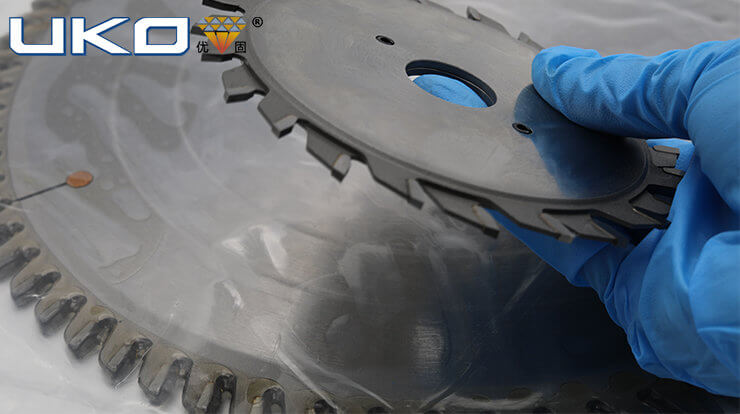
When you’re getting ready to use a saw blade to cut a substrate. You know the diameter of the blade that will fit your saw, and you know the type of saw blade you need to cut your material, but how do you know how many teeth your blade needs to have? More teeth will be better or fewer teeth? What’s the difference between saw blades with more teeth and fewer teeth when cutting wood?
- The price is different.
Saw blades with more teeth are more expensive, while saw blades with fewer teeth are cheaper in comparison.
- The smoothness of the cut surface is different.
The more teeth of the saw blade make the sawing section smoother, while the saw blade with fewer teeth is slightly inferior.
- Labor saving is different.
Due to the low friction, a saw blade with more teeth will save effort, while a saw blade with fewer teeth will require more effort.
- The sound is different.
The saw blade has more teeth and the sound is smaller, while the saw blade with fewer teeth is louder in comparison.
- The application method is different.
The saw blade with more teeth is suitable for cross-section, while the saw blade with fewer teeth is suitable for longitudinal cutting. When using woodworking saw blades for slitting, you can choose saw blades with different outer diameters and fewer teeth. The cutting resistance is small, the efficiency is high, and the cutting is smooth. When using woodworking saw blades for cross-cutting, saw blades with different outer diameters and more teeth can be selected, with high cutting precision and smooth cutting surface.
- The cutting speed is different.
The saw blade has more teeth and the cutting speed is faster, while the saw blade with fewer teeth has a slower cutting speed.
- The cutting performance is different.
The more the number of teeth of the saw blade, the better the cutting performance, while the cutting performance of the saw blade with fewer teeth is worse. When there are too many saw teeth, if the feed amount is not matched properly, the cutting amount of each tooth is small, which will aggravate the friction between the cutting edge and the workpiece and affect the service life of the cutting edge.
In summary, the cutting surface of a saw blade with fewer teeth is not as smooth as a cutting surface with more teeth; a saw blade with fewer teeth is cheaper than a saw blade with more teeth; a saw blade with fewer teeth is less likely to burn the saw blade than a saw blade with more teeth. If you are cutting plywood, you must use a saw blade with more teeth to reduce edge chipping.